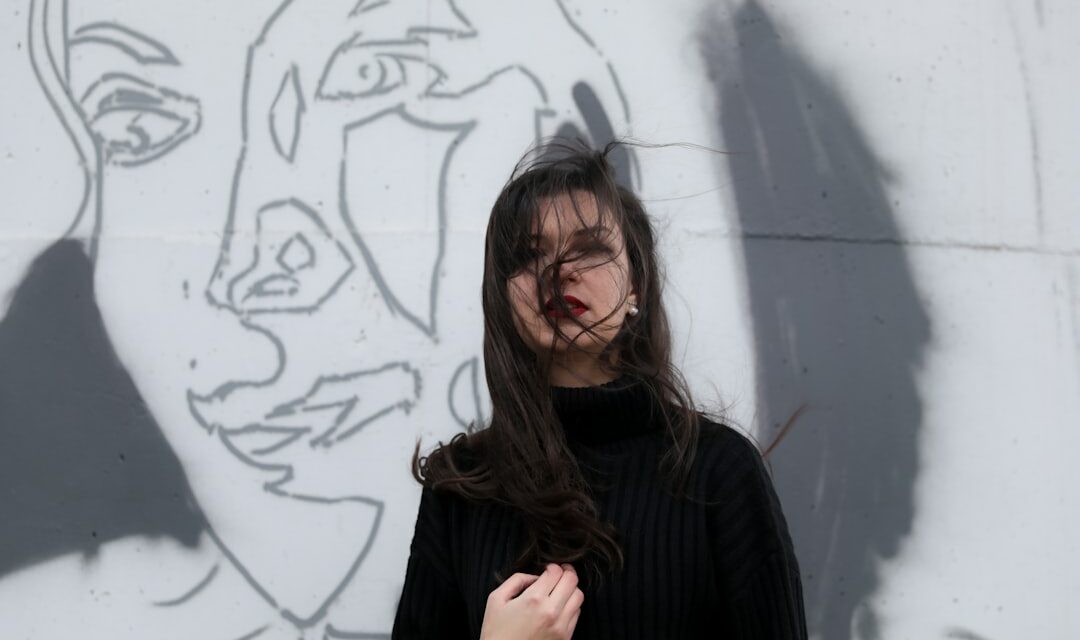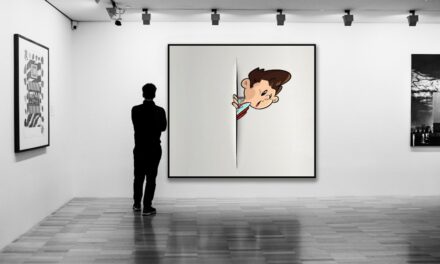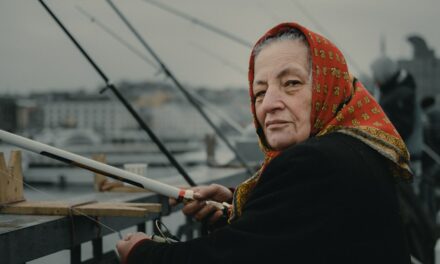Frans Hals was born in 1582 in Antwerp, a city that was then a vibrant centre of trade and culture in the Southern Netherlands. His early life remains somewhat shrouded in mystery, with scant records detailing his formative years. It is widely believed that he moved to Haarlem with his family during his childhood, likely fleeing the tumultuous political climate of the time.
Haarlem, a city known for its artistic heritage, would become the crucible for Hals’ development as an artist. The environment was rich with artistic influences, and it was here that he would eventually hone his skills and establish himself as a prominent figure in the Dutch Golden Age of painting. Hals’ education in the arts is not well documented, but it is presumed that he trained under established masters of the time.
The artistic community in Haarlem was thriving, and it is likely that he was exposed to various styles and techniques that would shape his own approach to painting. By the time he was in his twenties, Hals had already begun to make a name for himself, receiving commissions for portraits and group paintings. His early works reflect a keen understanding of light and shadow, as well as a burgeoning mastery of capturing the human spirit, which would become hallmarks of his later oeuvre.
Summary
- Frans Hals was born in the Dutch city of Antwerp in 1582 and moved to Haarlem with his family at a young age.
- Hals’ loose brushwork and ability to capture the essence of his subjects made him a leading figure in the Dutch Golden Age of painting.
- Notable works by Hals include “The Laughing Cavalier” and “The Anatomy Lesson of Dr. Nicolaes Tulp”, both of which showcase his skill in portraiture and group scenes.
- Hals’ influence on future artists and his legacy as a master of the Haarlem School of Art solidified his place in art history.
- Visitors can appreciate Hals’ work in person at the Frans Hals Museum in Haarlem, which houses a significant collection of his paintings.
Style and Techniques
Frans Hals is celebrated for his distinctive style, characterised by a lively brushwork and an ability to convey emotion through facial expressions and gestures. Unlike many of his contemporaries who adhered to more rigid techniques, Hals employed a loose and spontaneous approach to painting. This technique allowed him to capture the essence of his subjects with remarkable immediacy, creating a sense of vitality that resonates with viewers even today.
His brushstrokes are often described as energetic and fluid, lending a dynamic quality to his portraits that sets him apart from other artists of the period. One of the most notable aspects of Hals’ technique is his innovative use of colour. He often employed a limited palette, relying on subtle variations in tone to create depth and dimension.
This approach not only enhanced the realism of his subjects but also imbued them with a sense of warmth and humanity. Additionally, Hals was adept at manipulating light, using it to highlight certain features while casting others into shadow. This interplay of light and dark not only adds drama to his compositions but also serves to draw the viewer’s eye to the focal points of each painting.
Notable Works
Among Hals’ most celebrated works is “The Laughing Cavalier,” painted in 1624. This iconic portrait exemplifies his ability to capture personality and character through facial expression and posture. The subject, dressed in elaborate attire, gazes directly at the viewer with a mischievous smile that seems to invite engagement.
The intricate details of the clothing, combined with the lively brushwork, create a sense of immediacy that makes the painting feel almost alive. “The Laughing Cavalier” has become emblematic of Hals’ style and remains one of the most recognised images in Western art. Another significant work is “The Banquet of the Officers of the St George Militia Company,” completed in 1627.
This large group portrait showcases Hals’ skill in depicting multiple figures while maintaining a cohesive composition. Each officer is rendered with individual attention, their expressions and postures conveying camaraderie and celebration. The painting not only serves as a testament to Hals’ technical prowess but also reflects the social dynamics of 17th-century Dutch society, where such group portraits were commissioned to commemorate civic pride and community spirit.
Influence and Legacy
Frans Hals’ influence on subsequent generations of artists cannot be overstated. His innovative techniques and distinctive style paved the way for future portraitists, particularly those who sought to capture the essence of their subjects rather than merely their likenesses. Artists such as Diego Velázquez and Édouard Manet drew inspiration from Hals’ ability to convey emotion through brushwork and composition.
His emphasis on individuality and character in portraiture has had a lasting impact on the genre, encouraging artists to explore new ways of representing human experience. Moreover, Hals’ legacy extends beyond portraiture; his contributions to genre painting also left an indelible mark on the art world. His ability to infuse everyday scenes with vitality and emotion inspired later movements such as Impressionism, where artists sought to capture fleeting moments in time.
The appreciation for Hals’ work has only grown over the centuries, with art historians recognising him as a pivotal figure in the evolution of Western art.
The Haarlem School of Art
The Haarlem School of Art emerged during the Dutch Golden Age as a significant movement characterised by its focus on realism and attention to detail. Frans Hals was one of its leading figures, contributing to its reputation for producing high-quality paintings that captured the essence of Dutch life. The school attracted numerous artists who were drawn to Haarlem’s vibrant artistic community, fostering an environment where innovation flourished.
This collective spirit allowed artists like Hals to experiment with new techniques and styles, ultimately shaping the trajectory of Dutch art. Hals’ role within this school was not merely as a participant but as a catalyst for change. His approach to portraiture challenged traditional norms, encouraging fellow artists to explore more dynamic representations of their subjects.
The emphasis on individuality and emotional expression became hallmarks of the Haarlem School, influencing not only local artists but also those across Europe. As such, Hals’ contributions helped solidify Haarlem’s status as a centre for artistic excellence during this prolific period.
Frans Hals’ Portraiture
Frans Hals’ portraiture is perhaps his most enduring legacy, characterised by its lively representation of character and emotion. Unlike many portraitists who adhered to formal poses and rigid compositions, Hals embraced spontaneity, capturing his subjects in moments that felt both candid and intimate. This approach allowed him to convey not just the physical likeness but also the personality and spirit of each individual he painted.
His portraits often feature subjects engaged in conversation or laughter, creating a sense of connection between the viewer and the subject. The artist’s ability to depict diverse personalities is evident in works such as “Portrait of a Man” and “Portrait of a Woman.” In these paintings, Hals employs his signature loose brushwork to create textures that bring clothing and skin to life. The expressive faces reveal a range of emotions—from joy to contemplation—inviting viewers to ponder the stories behind each individual.
This focus on characterisation has made Hals’ portraits timeless; they resonate with audiences across centuries, reminding us of our shared humanity.
While Frans Hals is primarily known for his portraits, one cannot overlook his contribution to genre painting through works like “The Anatomy Lesson of Dr.
” Painted in 1632, this piece showcases not only Hals’ technical skill but also his ability to capture complex narratives within a single frame. The painting depicts Dr Tulp demonstrating human anatomy to a group of intrigued onlookers, blending scientific inquiry with artistic representation.
In this work, Hals employs chiaroscuro—a technique that contrasts light and shadow—to create depth and focus within the composition. The figures are arranged in a semi-circle around the cadaver, their expressions ranging from curiosity to contemplation. This dynamic arrangement draws viewers into the scene, inviting them to engage with both the subject matter and the emotional responses it elicits.
“The Anatomy Lesson” stands as a testament to Hals’ versatility as an artist, illustrating his capacity to transcend traditional portraiture while still maintaining his signature style.
The Laughing Cavalier
“The Laughing Cavalier” remains one of Frans Hals’ most iconic works, celebrated for its exuberance and charm. Painted in 1624, this portrait features a young man clad in lavish attire, exuding confidence and charisma. The subject’s infectious smile captures an essence of joy that resonates deeply with viewers, making it one of the most beloved images in art history.
Hals’ masterful use of colour and texture is evident throughout the painting; the intricate details of the subject’s clothing are rendered with remarkable precision, showcasing both skill and artistry. The vibrant colours contrast beautifully against the dark background, allowing the figure to emerge almost three-dimensional from the canvas. This technique not only highlights the subject’s attire but also enhances his lively expression, creating an engaging focal point that draws viewers into his world.
Frans Hals’ Later Years and Decline
As Frans Hals entered his later years, he faced challenges that would ultimately affect both his personal life and career. Despite achieving considerable success during his prime, including numerous commissions from wealthy patrons, he struggled financially in his later life. The changing tastes in art during the late 17th century led to a decline in demand for his style, which was increasingly seen as outdated compared to emerging trends.
Hals’ personal circumstances also contributed to this decline; he experienced periods of hardship following the deaths of family members and faced difficulties managing his finances. Despite these challenges, he continued to paint until his death in 1666. His later works reflect a sense of introspection; while they may lack some of the vibrancy found in earlier pieces, they still convey depth and emotion that speak to his enduring talent.
Rediscovery and Appreciation
In the centuries following Frans Hals’ death, his work fell into relative obscurity as art movements evolved and new styles emerged. However, by the 19th century, there was a renewed interest in his contributions to art history. Scholars began to recognise Hals as a pivotal figure within the Dutch Golden Age, leading to exhibitions that showcased his masterpieces alongside those of other renowned artists.
This rediscovery sparked a wave of appreciation for Hals’ unique style and techniques among both art historians and collectors alike. His portraits began to be celebrated not only for their technical prowess but also for their emotional depth—qualities that resonated with audiences seeking authenticity in art during this period. As museums acquired more works by Hals, he regained recognition as one of the foremost portraitists of his time.
Visiting Frans Hals’ Work in Person
For those wishing to experience Frans Hals’ artistry firsthand, visiting museums housing his works offers an unparalleled opportunity to appreciate their beauty up close. The Frans Hals Museum in Haarlem is dedicated entirely to his legacy; it houses an extensive collection that includes many of his most famous paintings alongside works by contemporaries from the Haarlem School. Walking through this museum allows visitors not only to view these masterpieces but also to immerse themselves in the context of 17th-century Dutch art.
The interplay between light and shadow becomes even more pronounced when seen in person; one can truly appreciate how Hals manipulated these elements to create depth within each composition. Additionally, standing before “The Laughing Cavalier” or “The Banquet of the Officers” evokes an emotional response that transcends time—a reminder that art has an extraordinary power to connect us across generations. In conclusion, Frans Hals remains an enduring figure within art history whose contributions continue to inspire admiration today.
From his early life in Haarlem through his innovative techniques and notable works, he has left an indelible mark on portraiture and genre painting alike. As we explore his legacy—both through scholarly study and personal encounters with his art—we are reminded not only of his talent but also of our shared humanity reflected within each brushstroke.
For those interested in exploring different artistic techniques, I highly recommend checking out the article on Gothic calligraphy techniques.
The article delves into the history and techniques of blackletter writing, offering a fascinating insight into this unique form of artistic expression.



